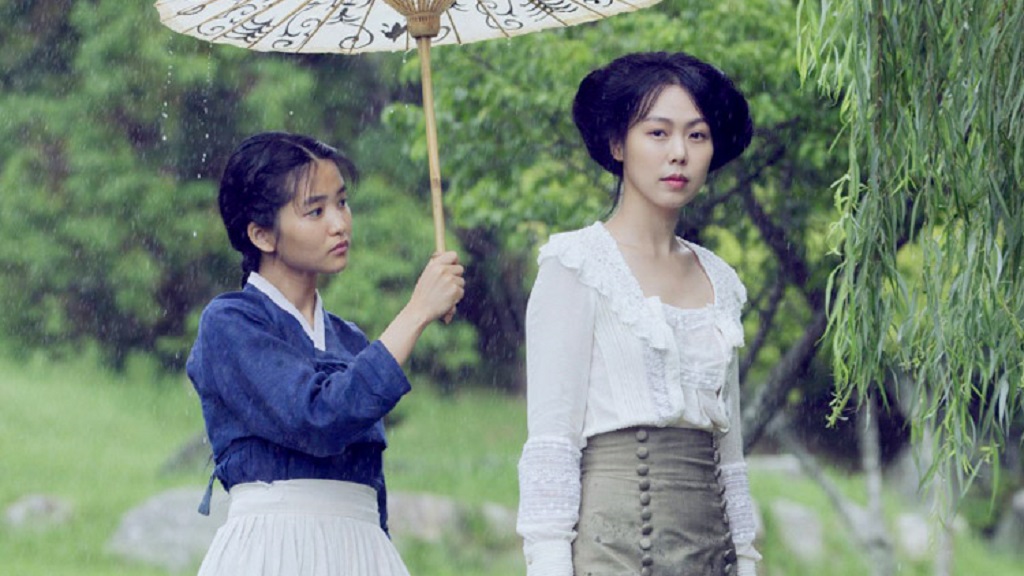
Sometime in the 1930s when Japan occupied Korea, Nam Sook Hee was hired as a handmaiden for the Japanese heiress Lady Hideko, who lived secluded from the world. However, Nam Sook Hee and Lady Hideko developed feelings for each other which changed their fates.
An art masterpiece.
This film blew me away. It is very rare to find movies, and even novels for that matter, where the sex scenes were accurate, realistic, and is part of the story. Most of the time when sex is incorporated into movies, it was dead and porn and won’t make a difference if removed—in other words, just there as a filler. In “The Handmaiden” it’s the total opposite. It was an art. It was about building relationships and how it should be valued and respected by the couple.
The two lead females—Kim Tae Ri and Kim Min Hee—showed how they mastered their craft in acting in this film. From their facial expressions to their emotions and to their actions. I would not be surprised at all if the spark they showed in this movie was actually real. While there were a few scenes Kim Tae Ri felt uncomfortable … which was showing on her face and movements … she quickly relaxed. It was evident that Kim Min Hee helped Tae Ri overcome her uneasiness, they did prepare for this.
From what I understand, this was an adaptation of an English/British novel. That said, I am praising the director and writer, Park Chan Wook, in picking the perfect era in Korea for the adaptation. It could have been set in the modern era or in an even distant past but the impact would have been far less because of the distraction the other eras would bring into the scenes. It also flawlessly opened up a lot of their settings which made the plot deeper and resonate with the audience.
The Handmaiden (2016)
Kim Tae Ri as Tamako (left); Kim Min Hee as Lady Hideko (right)
The work shown above is Copyrighted to Moho Film & Yong Film.
I also liked how they naturally switched between Korean and Japanese. In most movies where there are other nationalities involved, shortcuts are always made by making everyone speak the same language after establishing a character’s “foreign”-ness. I frown on such shortcuts and I am glad I did not see it in “The Handmaiden”. I was also amazed how the characters mixed the two languages to form one sentence, the way bilinguals actually speak in real life. Great addition to this little detail but equally important in building up the film.
I hope everyone who will watch (and watched) this film will see the deeper message of this film instead of focusing only on the obvious ones. Look beyond the surface and you’ll see the important reminder and lesson behind “The Handmaiden”. What is it? Better watch it. If you’ve seen the movie, watch it again and look for it.
10 over 10 in all categories for me. Congratulations!
The Handmaiden (2016)
Kim Tae Ri as Tamako
The work shown above is Copyrighted to Moho Film & Yong Film.
A perfect 10 out of 10!
THE HANDMAIDEN Official Int’l Special Trailer
«The Handmaiden» (2016) trailer
The work shown above is Copyrighted to CJ ENM.




